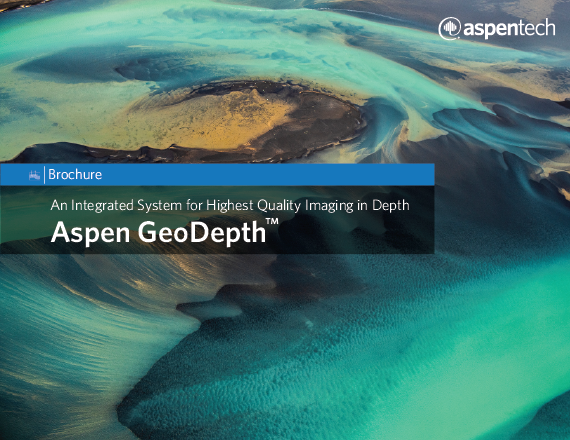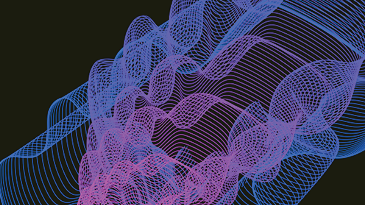Aspen GeoDepth™
Advanced velocity determination and 3D/2D velocity model building create accurate, high-quality, interpretable seismic images in time and depth.
An Integrated System for Highest Quality Velocity Modeling and Depth Imaging
Reduce Drilling Risk in Every Environment
A complete suite of interactive and batch velocity analysis tools for anisotropic models easily handles the full range of seismic imaging problems.
Optimize the Velocity Modeling Workflow
Integration with interpretation and modeling solutions streamlines the workflow, while preventing data loss and honoring geologic constraints.
Efficiently Create an Accurate Earth Model
Easy construction of accurate 3D and 2D models, regardless of the structural geology’s complexity.
Enhanced Productivity
Highly parallelized for running efficiently on very large 3D datasets and multi-line 2D datasets, on premise or in the cloud.

Accurate seismic images and depth models are essential in hydrocarbon exploration and production. The Aspen GeoDepth velocity determination and modeling system offers a solution for improved seismic imaging in time or depth through the integration of interpretation, velocity analysis, model building, time-to-depth conversion, depth migrations and model verification and updating. Aspen GeoDepth supports the entire range of seismic surveys, including 3D and 2D marine and land surveys, and narrow and wide-azimuth acquisition geometries, covering every type of geological structure in the world.

Accelerate digitalization to achieve sustainability goals and drive operational excellence.






